Elaeagnus: [Characteristics, Care, Planting, Pruning and Problems]
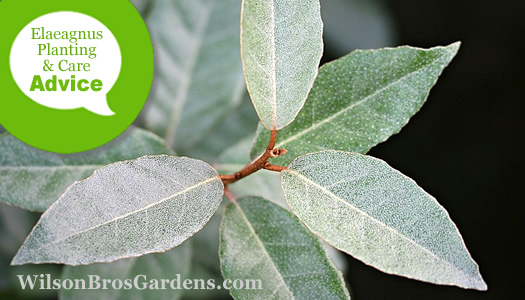
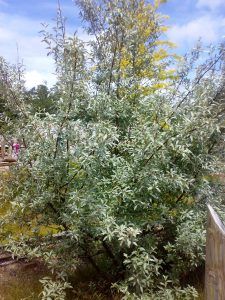 In this article we talk about the Elaeagnus plant. From its main characteristics, going to the planting process, care and possible problems that it may present.
In this article we talk about the Elaeagnus plant. From its main characteristics, going to the planting process, care and possible problems that it may present.
The elaeagnus plant is of the bushy type and grows incredibly in the space where it is established.
It is usually used in gardens or open spaces to contribute to ornamental design because it is a vigorous plant.
It likes to be outdoors, in full sunlight daily, although it can also tolerate some shade during the day.
Do you want to know much more about eleagnus, from when to plant it to how to prune it? Here we’ll explain to you how to do it.
Important points when sowing Eleagnus:
- When? In early spring or late summer.
- Where? Outside, since direct sun does well.
- How do we prepare the land? It does not demand much in terms of land. If possible, it is worth adding a little compost in case of low value.
- How should we water? With the drip techniqueto avoid puddles.
- How often do you have to water? 1 or 2 times a week.
- What care do you need? Fertilizers with nutrients other than nitrogen if necessary and regular pruning.
- What pests and diseases does it have? It does not suffer from pests or diseases to worry about especially, since it is very resistant.
What is eleagnus? Characteristic
The eleagnus is a plant that develops in the form of a bush and whose main attraction is the dense mass of leaves that its structure generates.
When planted alone, it is capable of growing equidistantly an average of 5 meters up and to the sides. If placed under a tree, this condition changes a bit because it sticks to the tree creating an illusion of a waterfall.
It generates tiny flowers, but they provide a delicious aroma that leaves no person indifferent. Depending on the species, they may produce small fruits that have an edible seed that, in some areas, is valuable.
This is because they have beneficial properties for the body, such as good fats and proteins, and can be consumed both raw and cooked.
What kind of plant is the eleagnus?
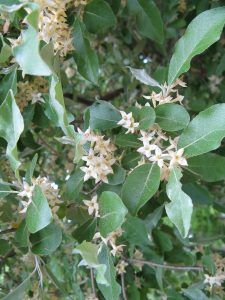 It is a plant of the elaeagnaceae family that has many benefits for the environments in which it is planted regarding the provision of nitrogen.
It is a plant of the elaeagnaceae family that has many benefits for the environments in which it is planted regarding the provision of nitrogen.
This is achieved due to the fact that certain soil bacteria lodge in its roots and develop a series of nodules loaded with nitrogen.
The plant takes advantage of this nitrogen to grow and prosper and the surplus allows those in its environment to use it.
In this way, it becomes an element of high value in the environment where it is established. This not only helps growth but also flower and fruit productivity.
As for the condition of its leaves, they can be perennial or deciduous depending on the climate that prevails in the area. Withstands not very cold winters.
How to care for the eleagnus?
One of the main advantages for you as a grower is that it is a very resistant species and does not generate demands regarding care.
Nutrition is not essential because it is by itself a source of nitrogen, but if there is a deficit of other nutrients, it can be counteracted with complex fertilizers.
As for the risks, they must be well planned to avoid flooding that put it in a health crisis. Dripping is the most profitable technique because it minimizes the chances of flooding.
It is even necessary to take care that when successive rains occur, the water remains stagnant at the base of the plant because it will drown its roots.
Plant elaeagnus step by step
Step 1
Start by digging a planting hole that is at least two to three times as wide and deep as the root ball height of your Elaeagnus plant.
The wider the hole, the better. Place the native soil removed from the planting hole around the perimeter of the hole, in a wheelbarrow or on a tarp.
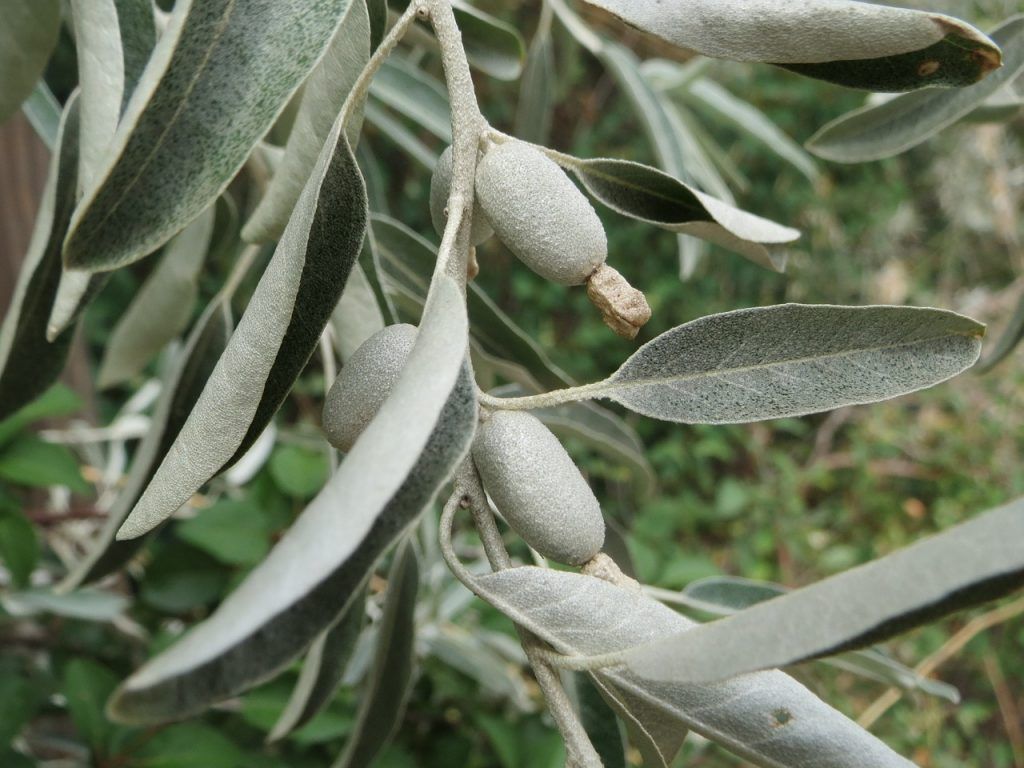
Step 2
Depending on the type, fertility and porosity of the soil in the planting area, it may be beneficial to mix a soil amendment with the native soil removed from the planting hole.
When planting Elaeagnus in poor quality or dense clay soils, thoroughly mix in some good organic matter such as bagged topsoil and/or a good planting mix 25-50% with the soil removed from the planting hole.
If planting in very sandy or fast-draining soil, the mix of topsoil, peat moss and/or compost will help retain moisture in the soil. If planted in medium moist, well-drained soil, it is not necessary to add a soil amendment.
Step 3
To remove your Elaeagnus from the nursery container, grasp the base of the plant and try to carefully pull it out of the pot.
If the root ball is stuck in the container, you can turn the plant on its side and tap the side of the container to loosen it, or you can use tin snips to cut the container.
Once you’ve removed the plant from the pot, gently loosen some roots around the surface of the root ball.
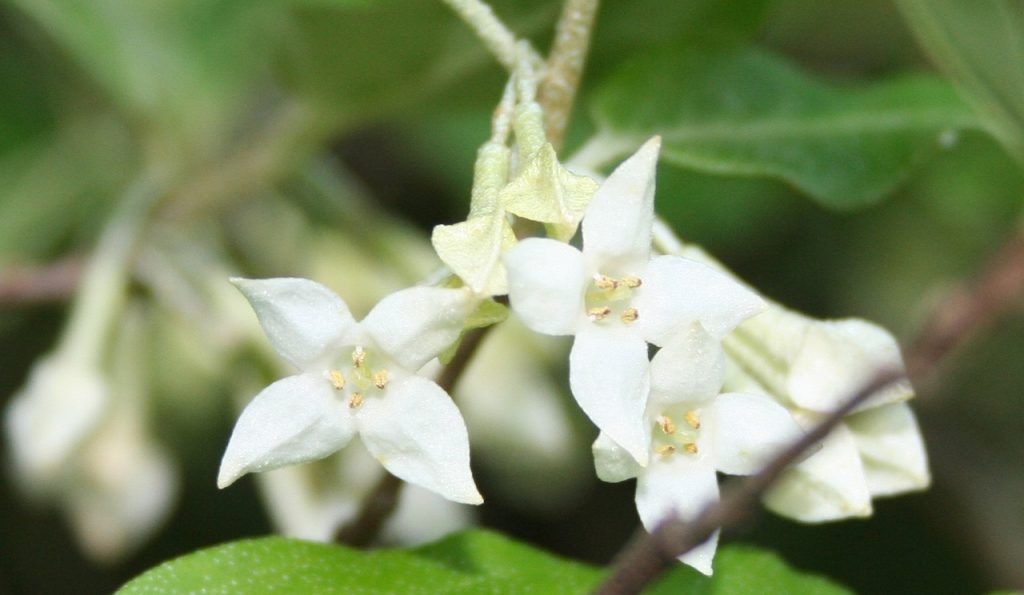
Step 4
Position your Elaeagnus in the planting hole so that the top edge of the root ball is at or slightly above ground level to allow for settling.
If the soil is moderately draining, that is, it drains slowly after rain, the top of the root ball may be 5 cm or more above the soil level, as shown in the illustration below.
If necessary, add some backfill soil mix to the bottom of the hole to achieve a suitable planting height.
When is elaeagnus planted?
The eleagnus is usually reproduced by means of cuttings that are taken at the beginning of spring (in a slightly woody version) or at the end of summer. These cuttings are planted in a sandy substrate and cultivated in a shaded space with a cool and constant temperature.
How is elaeagnus planted?
To achieve a profitable planting, you must choose a substrate that has adequate drainage to avoid waterlogging because it does not do well at all.
It is better that it is fertile, otherwise it could have problems around its growth, although it can always be supported with the use of fertilizers.
The seedling, after achieving root growth on the cutting, should be occupied in an open space, as it will grow better this way.It is also possible to work it in pots, but it is unlikely to grow decisively in these conditions.
How does elaeagnus reproduce?
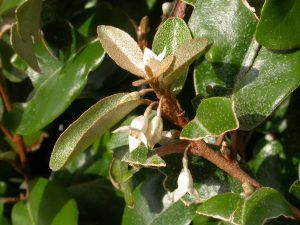 The best way is through cuttings that you will take from a semi-woody section of an existing bush.
The best way is through cuttings that you will take from a semi-woody section of an existing bush.
Thanks to this method you will have the possibility of obtaining a radiant and beautiful plant that will grow quite quickly.
In this first stage, the cuttings develop well in a substrate with a sandy consistency and keeping them at temperatures of around 15º C.
How do you prune the elaeagnus plant?
The eleagnus accepts pruning without much problem, this being a frequent practice in people who have it planted in their garden. The reason is that with good pruning planning it is able to keep its size small, which brings elegance and order to the garden.
However, it is better to bet first on those branches that are older so that they remain healthy over time.
Depending on the type of structure you want to obtain, the eleagnus is capable of serving as a hedge when it suits you.And if it is pruned in late winter, it is possible to obtain healthier and more vigorous foliage in early spring.
The eleagnus is an excellent option to create a lush, green and contrasting environment in conjunction with other shrubs that generate blooms.
Hence, it is so good for establishing varied landscaping, in addition to being undemanding with its care. If you want to have one at home, all you have to do is start putting into practice everything we have seen here and enjoy!
Pests, diseases and problems
leaf spots
Various fungal pathogens sometimes cause leaf spots on oleaster and elaeagnus shrubs, but these are usually not severe enough to require chemical control.
Cercospora (Cercospora spp.) leaf spots have a brown or gray appearance with darker margins. Numerous spots cause infected foliage to turn brown and prematurely defoliate.
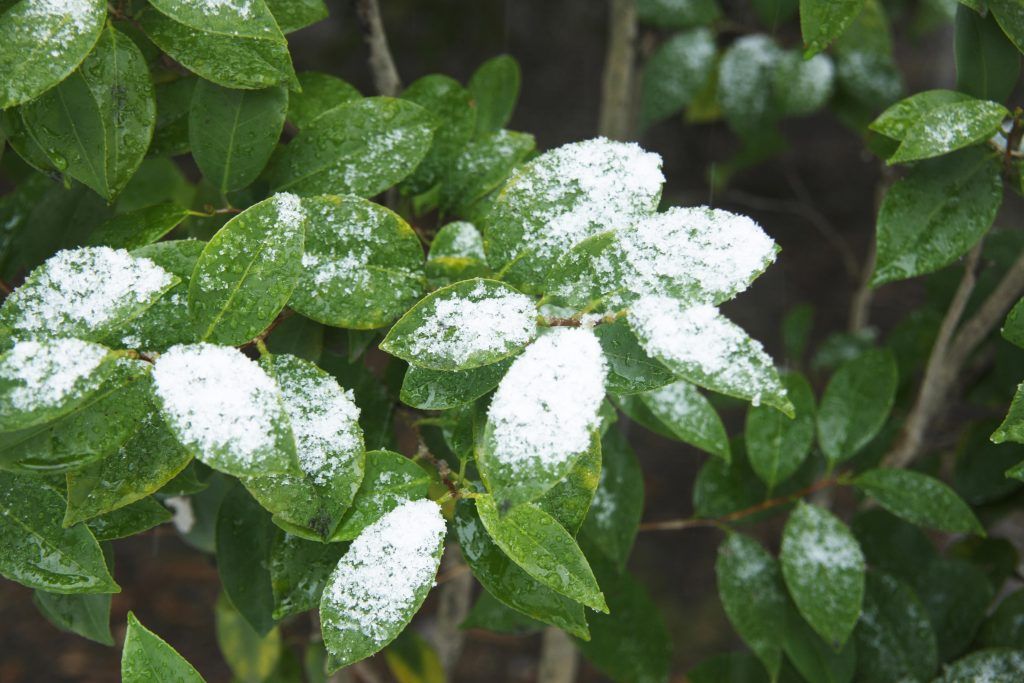
Phyllosticta leaf spot disease (Phyllosticta argyrea) causes black or light to dark brown spots to appear on foliage. As the disease progresses, black fungal spores form in the center of the spots.
Severe cases can cause leaves to turn yellow and fall off the plant.
In both leaf spot diseases, infected tissue is sometimes shed from the leaf, giving foliage a torn, holey appearance. Prune back and destroy any badly infected foliage to make your plant look more attractive.
cankers
Elaeagnusa is somewhat susceptible to canker disease (Phomopsis arnoldiae) pathogens that thrive in humid climates. Cankers are sunken, black or rust-colored areas that form on infected trunks or branches.
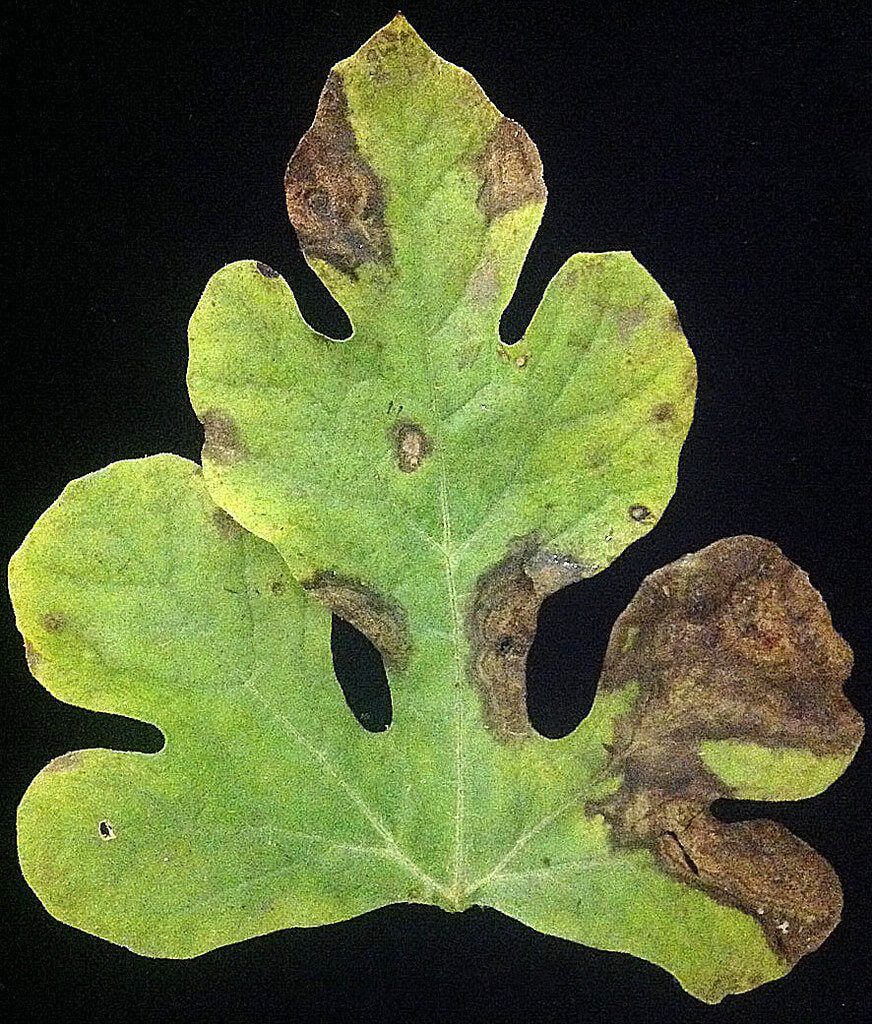
Trunk cankers often break open and ooze sap. Leaves on infected branches often wilt, and the branches themselves may regress if the canker encircles the entire branch. Black pustules eventually appear on the infected wood tissue.
Cankers do not respond to chemical controls, so infected branches must be pruned and destroyed to prevent the spread of disease. Prune branches at least 6 inches below the canker infection to ensure you cut through healthy wood.
wilting
Verticillium wilt is a vascular disease that occasionally attacks and kills members of the Elaeagnus family of plants. More common in humid climates than in arid environments, fungal pathogens (Verticillium dahliae) prefer to attack plants growing in poorly draining soils.
The fungi invade the wood tissue that transports water and minerals throughout the tree, making the plant appear water stressed. Symptoms include sudden wilting and discoloration of leaves on one or more branches.
Severe infections can lead to premature defoliation and branch death. Fungicides can not prevent or treat this often fatal plant disease, so the spread of verticillium fungus must be controlled by pruning and destroying infected foliage.
planting locations
Placing your plant in the proper growing spot helps keep it healthy enough to resist disease pathogens. Members of the Elaeagnus family typically tolerate various soil conditions, but require well-drained sites.
Eleaeagnus prefers fully sunny locations, but the latter can also withstand partial shade conditions.
Most leaf spot diseases thrive in overgrown conditions. Space Russian olive trees at least 6 meters away from other plants or structures to promote ample air circulation.
Oleaster bushes need a space of at least 3 meters for healthy air circulation.
Both the Russian olive and the oleaster need regular pruning to keep the plants within their growing areas. In fact, the Russian olive tree grows and self-seeds so rapidly in some climates that it is considered moderately invasive.
Bibliographic references
- Elaeagnus angustifolia L, MS Elorza – miteco.gob.es
- Elaeagnus angustifolia L, MG Klich, PM Bondia, OA Fernández – 2018 – rid.unrn.edu.ar
- Bohemian olive. Ecological Strategies of Elaeagnus angustifolia in the Middle Valley of Río Negro, North Patagonia, Argentina, MG Klich – 2013 – rid.unrn.edu.ar
- Ornamental trees and shrubs in the city of Almería, FL Martínez, MLG Cano – Bulletin of the Institute of Studies…, 1987 – dialnet.unirioja.es
- The ornamental flora of Melilla. Didactic implications, JAG García – …: Faculty of Education and Humanities of the …, 2007 – dialnet.unirioja.es
- Ornamental trees in the city of Beja, Portugal, FM Fernandes, L Carvalho – Botanica Complutensis, 2004 – revista.ucm.es

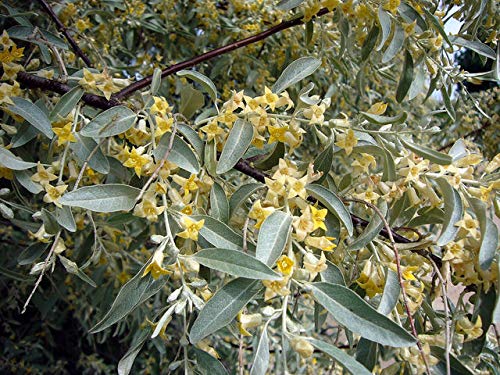
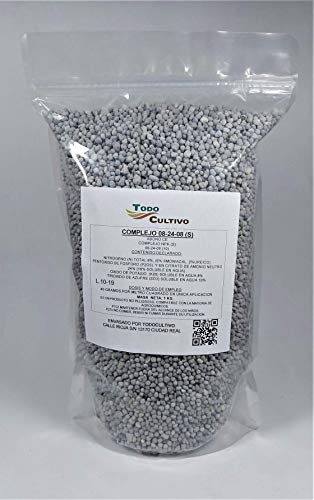
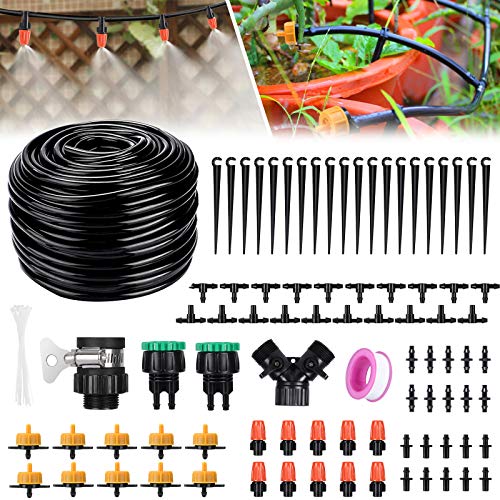
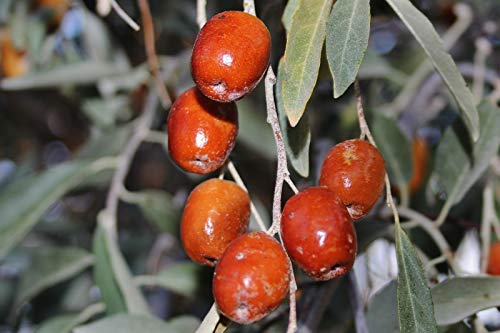
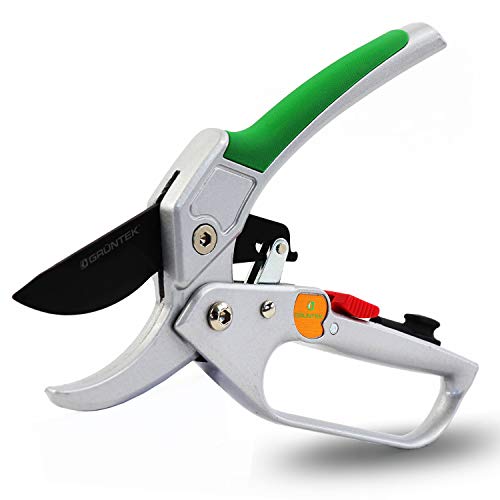
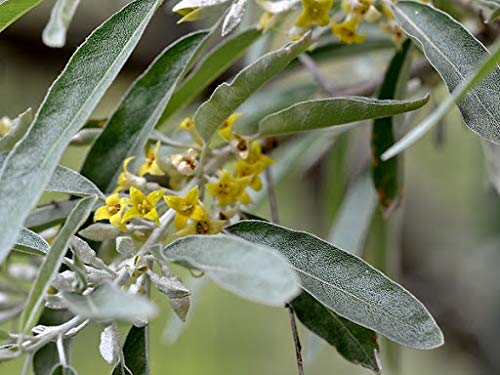
![Photo of Viburnum Opulus: [Planting, Care, Irrigation, Substrate and Pests]](https://www.complete-gardening.com/wp-content/uploads/2022/08/viburnum-opulus-planting-care-irrigation-substrate-and-pests-390x220.jpg)
![Photo of Fertilize Fruit Trees: [Best Time, Macronutrients, Micronutrients and Steps]](https://www.complete-gardening.com/wp-content/uploads/2022/08/fertilize-fruit-trees-best-time-macronutrients-micronutrients-and-steps-390x220.jpg)
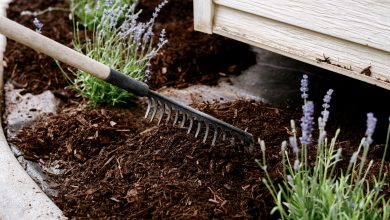
![Photo of Begonia Cuttings: [Concept, Period, Rooting and Planting]](https://www.complete-gardening.com/wp-content/uploads/2022/08/begonia-cuttings-concept-period-rooting-and-planting-390x220.jpg)